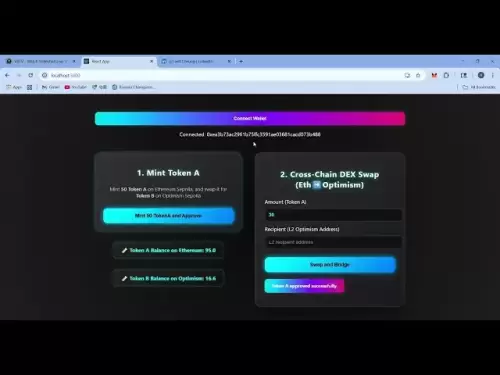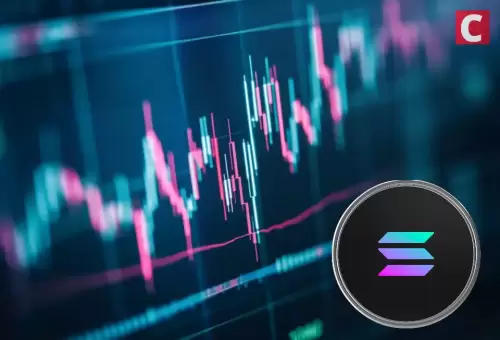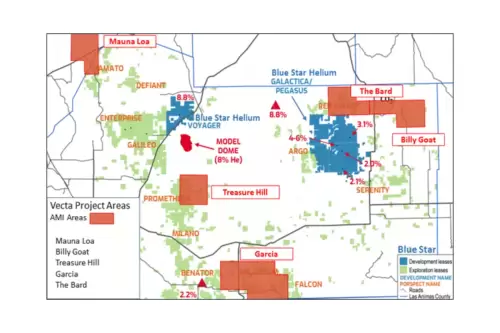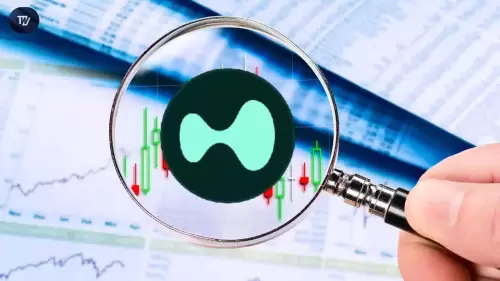 |
|
 |
|
 |
|
 |
|
 |
|
 |
|
 |
|
 |
|
 |
|
 |
|
 |
|
 |
|
 |
|
 |
|
 |
|
Launched in 2015, Ethereum is a decentralized, open-source blockchain that serves as a platform for building smart contracts and decentralized applications (dApps). Unlike Bitcoin, which primarily functions as a digital currency, Ethereum's blockchain provides a broader canvas for innovation.
At its core, Ethereum is a technology that facilitates the creation and execution of smart contracts. These self-enforcing agreements are essentially code-driven contracts that automatically execute, control, or document events and actions based on the terms specified within the smart contract.
The introduction of smart contracts on the Ethereum blockchain has acted as a catalyst for the development of decentralized finance (DeFi) applications, non-fungible tokens (NFTs), and other blockchain-based innovations that are transforming industries.
The native cryptocurrency of the Ethereum network is Ether (ETH), which plays a crucial role in powering transactions, validating smart contracts, and compensating participants within the network. Ether is used to pay for computational services and transaction fees, which are commonly referred to as "gas" in the Ethereum ecosystem. These fees help process transactions and secure the network.
What sets ETH apart from other cryptocurrencies is its utility within the Ethereum ecosystem. Rather than simply being a store of value, ETH is actively used to facilitate the functioning of the Ethereum network, making it an integral part of the ecosystem's operations.
One of the driving forces behind Ethereum's success is its vibrant and expanding community. Ethereum developers are continuously pushing the boundaries of what's possible with blockchain technology. Over the years, Ethereum has undergone several key upgrades aimed at improving scalability, security, and energy efficiency.
For instance, the transition from Proof of Work (PoW) to Proof of Stake (PoS) in Ethereum 2.0 significantly reduces energy consumption and enhances transaction speeds, making the network more sustainable and accessible.
Moreover, the Ethereum ecosystem has become a launching pad for a vast array of projects. From decentralized exchanges (DEXs) like Uniswap to NFT marketplaces like OpenSea, Ethereum serves as the backbone for much of the DeFi and NFT boom.
Projects that build on Ethereum's platform often benefit from the network's security and established reputation, making it an ideal environment for creating innovative solutions to problems across finance, art, and technology.
The rise of Ethereum has also sparked the development of Ethereum-based tokens, many of which serve as key assets in various sectors. ERC-20 tokens, for example, are widely used in DeFi applications, enabling users to trade, borrow, lend, and earn interest on their cryptocurrency holdings.
Ethereum's ecosystem continues to expand, with new projects and tokens emerging regularly to tackle a range of financial, artistic, and technological problems.
However, it's important to note that Ethereum Coin is not a government-backed currency and is subject to price volatility, like other cryptocurrencies. Despite market fluctuations, ETH has consistently maintained its position as the second-largest cryptocurrency by market capitalization, following Bitcoin.
With vast potential for driving decentralized applications and platforms, many believe that Ethereum will continue to play a pivotal role in shaping the future of finance, technology, and even governance.
As Ethereum continues to evolve and grow, the possibilities seem endless. The shift to Ethereum 2.0, coupled with the ongoing development of dApps, DeFi platforms, and NFTs, positions Ethereum as a major force in the broader cryptocurrency and blockchain space.
With each update and upgrade, Ethereum proves that it's more than just a cryptocurrency – it's an entire ecosystem that's helping to define the future of digital interaction.
免责声明:info@kdj.com
所提供的信息并非交易建议。根据本文提供的信息进行的任何投资,kdj.com不承担任何责任。加密货币具有高波动性,强烈建议您深入研究后,谨慎投资!
如您认为本网站上使用的内容侵犯了您的版权,请立即联系我们(info@kdj.com),我们将及时删除。
-

-

- Solana Dex音量和排名:将波浪骑到顶部
- 2025-07-03 21:10:20
- 索拉纳(Solana)的DEX数量和排名飙升,这是由创新协议和制度兴趣不断增长的驱动的。这是加密货币的下一个大事吗?
-

-

- Stablecoin市场:JPM的预测与万亿美元的潜力 - 现实检查?
- 2025-07-03 21:50:12
- 摩根大通对Stablecoin市场的期望与对数万亿美元估值的预测形成鲜明对比。真正的潜力是什么?
-

-

-

-

- 炒作价格预测:到2025年7月,它会达到50美元吗?
- 2025-07-03 21:20:18
- 考虑到市场趋势,分析师的预测和关键阻力水平,将HYPE的潜在增长到50美元。
-






















![Mangosteen 1 Coin(Easy Demon)的“ Xanadu” 100%[几何仪表板2.2] Mangosteen 1 Coin(Easy Demon)的“ Xanadu” 100%[几何仪表板2.2]](/uploads/2025/07/03/cryptocurrencies-news/videos/xanadu-mangosteen-coin-easy-demongeometry-dash/68660e8371074_image_500_375.webp)








































